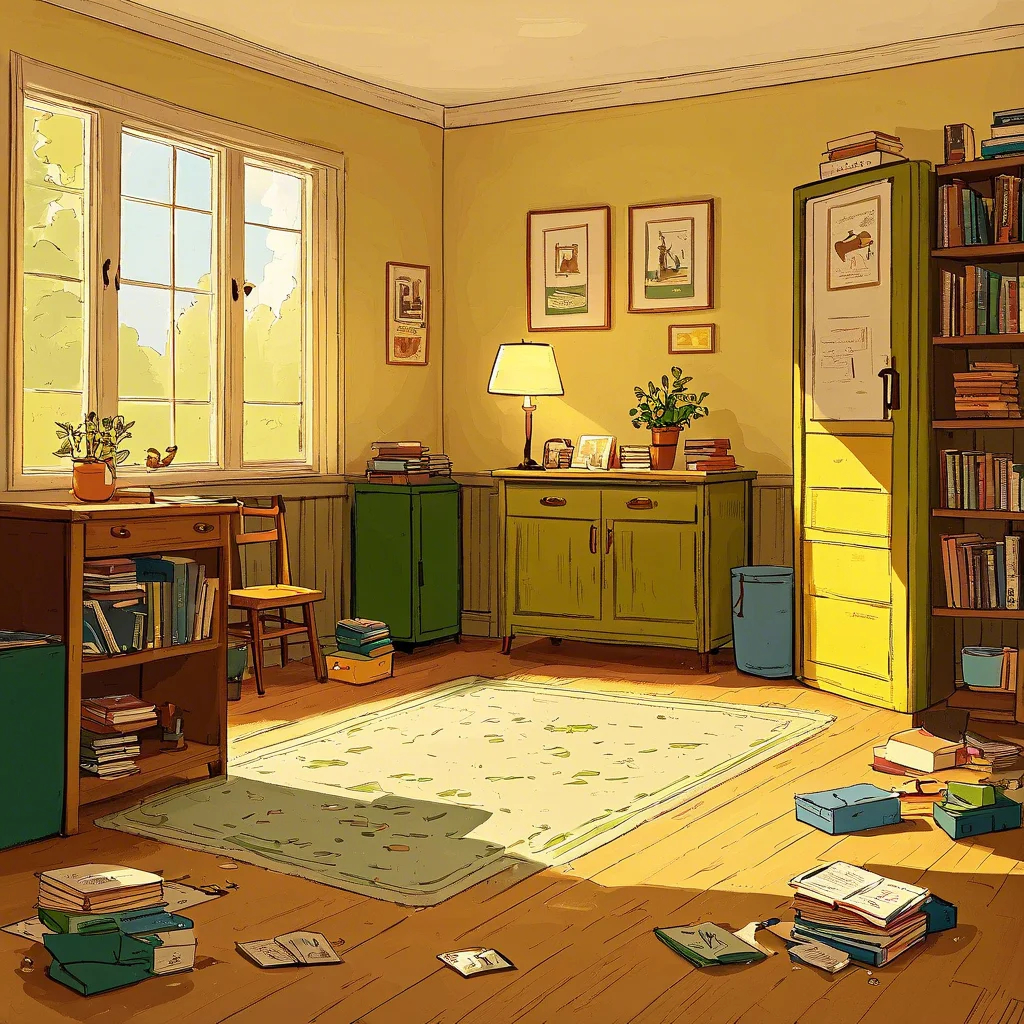Giving Meaning
Young adults are spending less time doing things they find meaningful and more time alone
on unfulfilling activities.
Every generation has said that, but the American Time Use Survey collected by the U.S. Bureau of Labor Statistics gives the facts. And when 1
it comes to household activities such as cooking, cleaning, laundry, and general household
management, women still do more of it. OK, men spend slightly more time than women
doing the lawn and fixing the guttering, but that’s about it. The kids? In their room, on
their phones.
It’s not what it said in the brochure, is it?
The Hidden Cost of Isolation
Time spent alone is strongly associated with lower life satisfaction and elevated mortality, writes John Burn-Murdoch in the Financial Times (18/1/25). Bluntly, the more time you spend on your own, the more unhappy you’re going to be and the sooner you’re going to die.
But it’s not everyone. Poor mental health is increasing rapidly among young people, the same group that is spending more time on their own. Gaming online, watching videos online and scrolling through social media have also increased massively in this group.
The Illusion of Connection
It’s easy to confuse correlation with causation. Just because two things happen at the same time doesn’t mean that one of them causes the other. But it isn’t middle-aged and older people who say their mental health is getting worse.
“The last decade is a story of young people retreating from the pursuits that bring them the most fulfilment and replacing them with pale imitations. These ratings are being given by the very teens and young adults spending hours glued to their devices; the people suffering are aware of what’s going wrong but seem powerless to prevent it.” john.burnmurdoch@ft.com
You can
Let’s accept that young people can’t change that. But you can. Helping Cards is designed specifically to get your family back together, talking to each other face-to-face and working together to help each other as a family. Just like it said on the tin.
